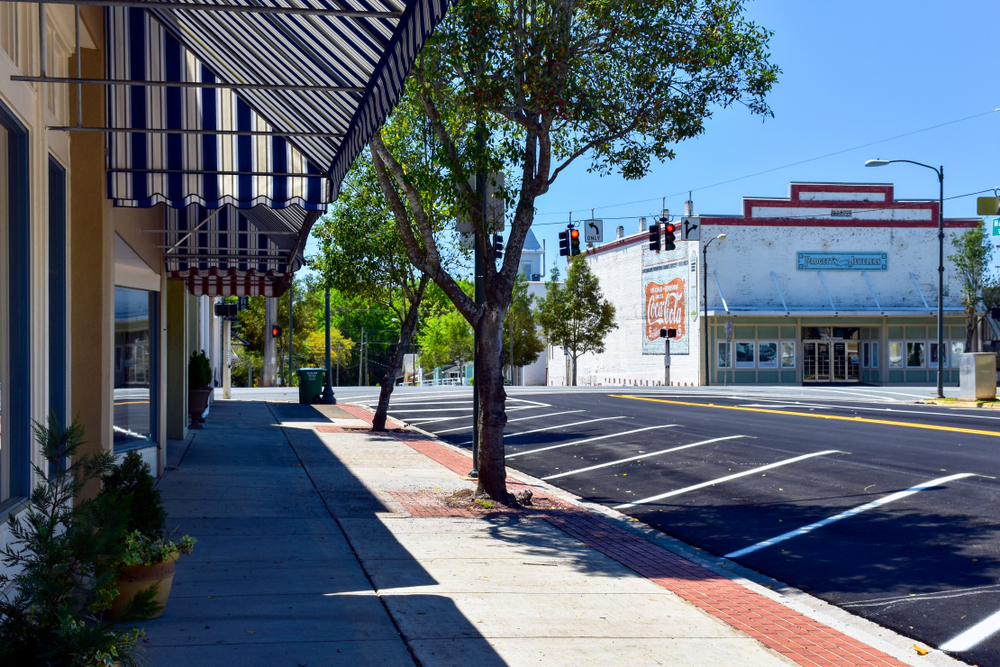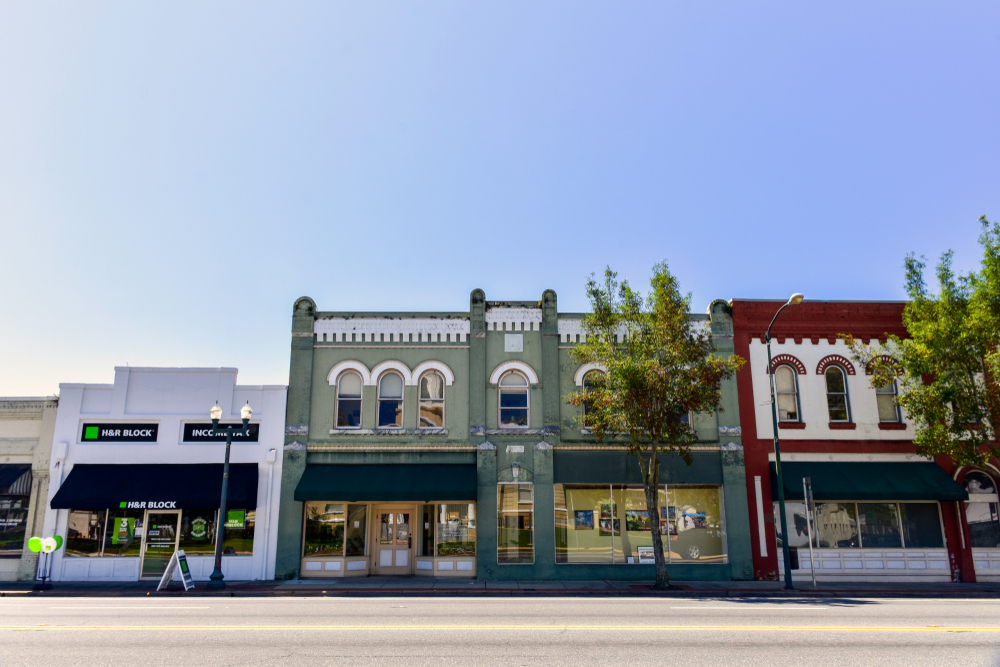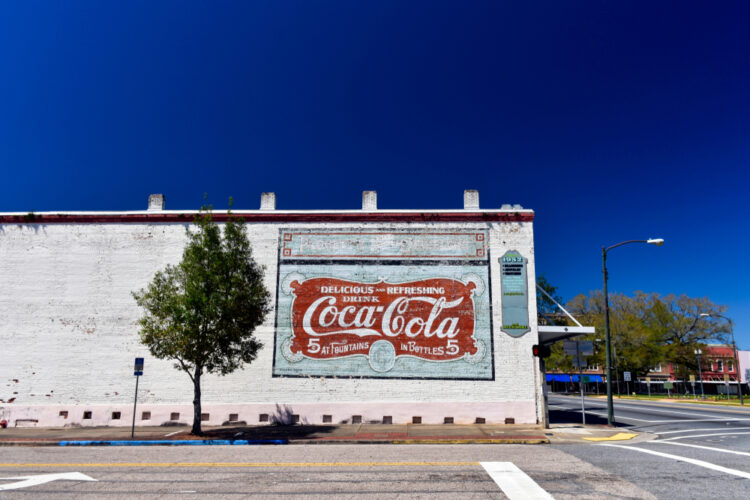Dig deep enough, and you will find that every small town in America has a story to tell. Here’s one that is more outsized than most. In the shadow of the Great Depression, when most Americans struggled to put food on their tables, an unlikely financial phenomenon took root in the small Florida town of Quincy, a modest farming community in the state’s Panhandle region. As a result, this sleepy little hamlet would eventually become known as the richest town per capita in the United States – all because of one banker’s unwavering faith in a soft drink company.
Mark Welch “Pat” Munroe was born just before the Civil War in 1860. Munroe had developed a keen eye for value and opportunity through decades of financial experience. During the 1920s and early 1930s, while serving as a banker in Quincy, Munroe made a crucial observation that would transform the town’s future: even in the depths of economic hardship, people always seemed to find a nickel to purchase a glass of Coca-Cola.
Recognizing the opportunity, Munroe began purchasing Coca-Cola shares for himself, soon becoming a passionate advocate for the stock within his community. His confidence in the company was so strong that he actively encouraged local residents to invest, going as far as underwriting bank loans backed by Coca-Cola stock to help his responsible depositors acquire shares.

Coca-Cola had gone public at $40 per share, but a conflict with the sugar industry and its bottlers resulted in a 50% crash, bringing the price down to around $19 per share. Despite this significant drop, Munroe maintained his conviction in the company’s value. Looking beyond short-term market fluctuations, he focused on the company’s fundamental strengths: its bottom-line profits and the power of its brand.
When other investors panicked during market downturns, Munroe remained steadfast. Even when the Great Depression hit and the Dow Jones Industrial Average lost 89% of its value between September 1929 and July 1932, Coca-Cola’s business remained remarkably resilient. While unemployment approached 20% in 1931, Coca-Cola sales fell by a mere 2.3%—proving Munroe’s thesis that people would indeed spend their last nickel on a Coca-Cola.
Munroe’s investment strategy not only changed individual lives but saved the entire farming town during the Great Depression as the local economy was supported by Coca-Cola dividends. These dividends continued to sustain Quincy during every recession that followed and provided crucial support whenever crops failed.
The results were extraordinary: Quincy became the single richest town per capita in the entire United States, with at least 67 residents becoming what were dubbed “Coca-Cola millionaires.” These fortunate investors amassed significant fortunes which they subsequently passed down to their children and grandchildren, establishing financial dynasties that would span generations.
When Munroe died in 1940, his tombstone captured his profound impact on the community: “The influence of his personality was so great and his advice so widely sought, that he seemed an institution in the community, hardly subject to removal by death.” At the time of his death, he had 18 children from two marriages, and he left each of them $1 million (equivalent to approximately $18 million in today’s currency).
The financial impact of Munroe’s advice continued long after his passing. According to a Bloomberg report from the 1990s, Quincy residents owned approximately 7.5 million shares of Coca-Cola with a value of $375 million. Some accounts suggested that at one point, Quincy accounted for about two-thirds of all Coca-Cola shares, prompting the company to send couriers from its Atlanta headquarters to collect proxy votes. A single $40 share of Coca-Cola purchased at its IPO in 1919, with dividends reinvested over time, would be worth more than $10 million today. A hundred shares would have grown to approximately $1 billion before taxes.

Today’s Quincy retains much of its historic charm while benefiting from the legacy of its Coca-Cola millionaires. Downtown Quincy features a historic district with numerous buildings on the National Historic Registry. The neighborhood blends old-time character with modern amenities, offering visitors an eclectic quality of life through a variety of shops, restaurants, live music events, and farmers markets.
As the county seat of Gadsden County, Florida’s only majority-Black county, Quincy celebrates diversity and includes a growing Latino community. The city’s vibrant arts and culture scene is anchored by the Gadsden Arts Center & Museum, housed in the 1912 Bell and Bates building, and the Quincy Music Theatre, North Florida’s largest all-musical community theater.
The wealth generated by Coca-Cola investments continues to benefit the community in numerous ways. Coca-Cola money helped build a town cultural center, provided college education for many local youths, and still gives Quincy advantages that most small Florida towns do not enjoy. Visitors to Quincy today can even spot a large mural of Coca-Cola on the side of a local jeweler’s shop—a visual reminder of the soft drink that transformed this small town’s destiny.


